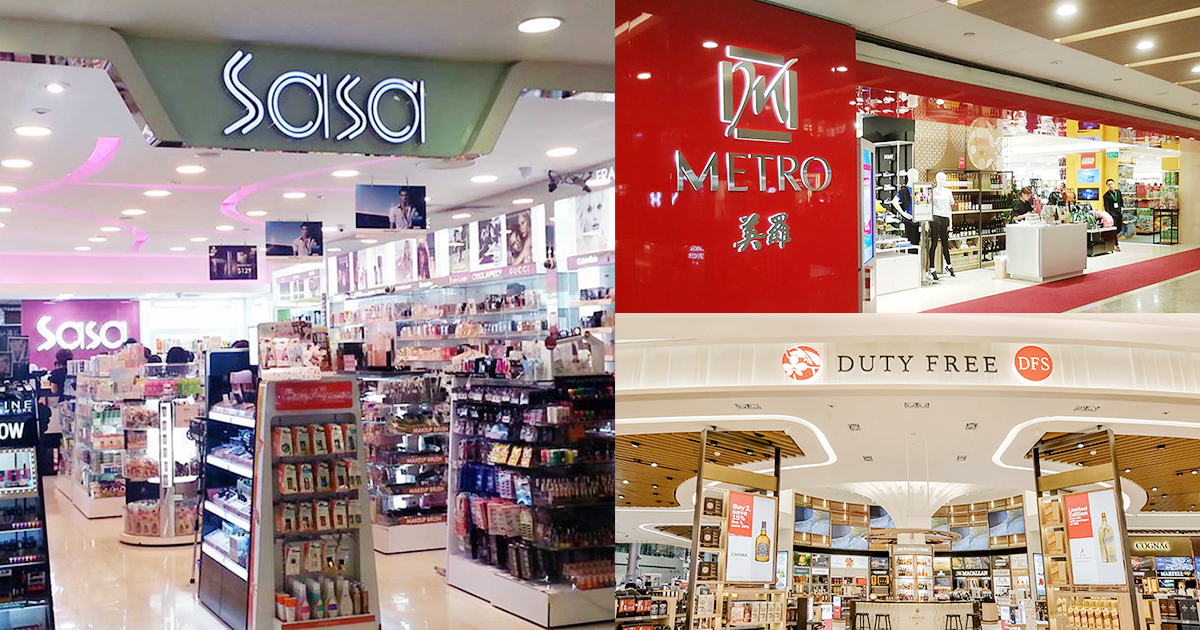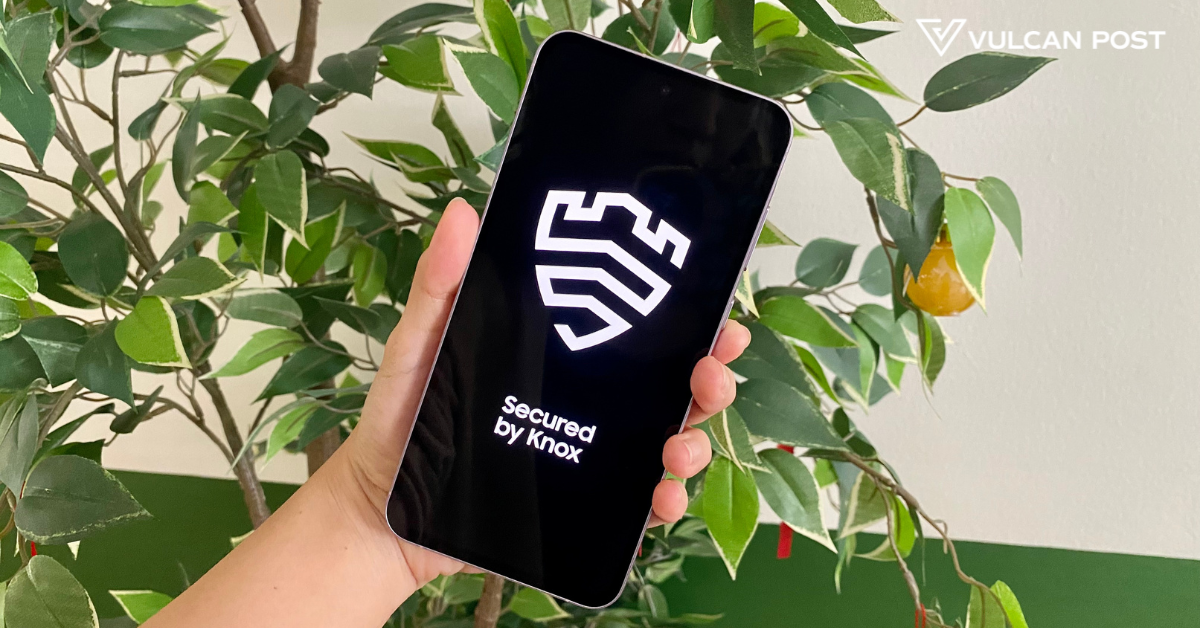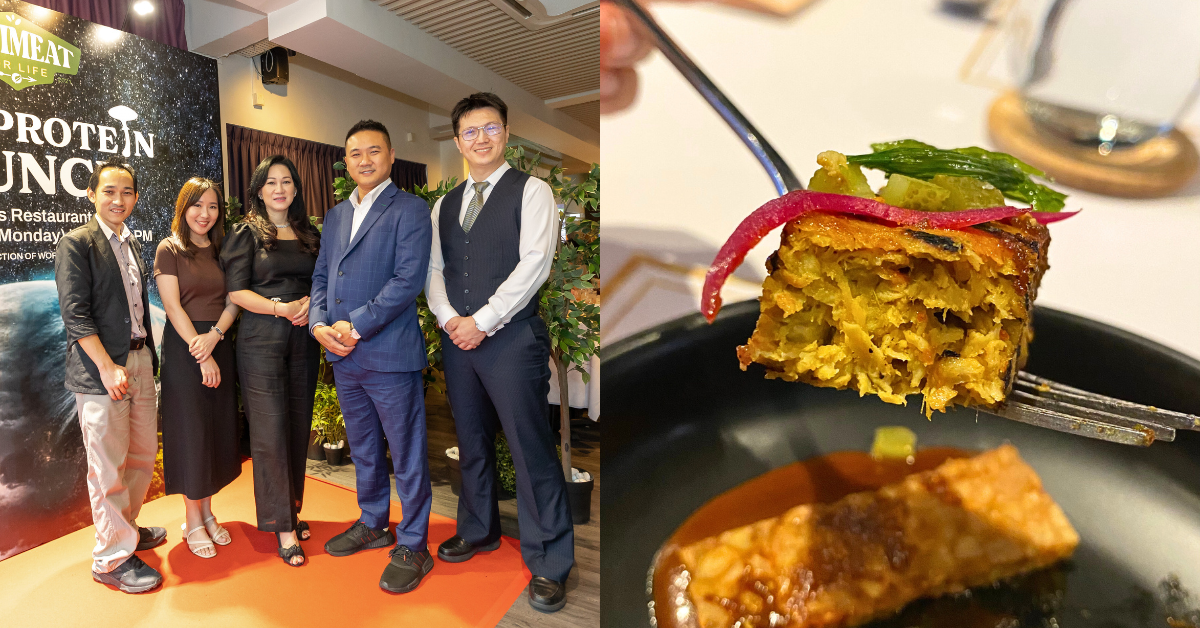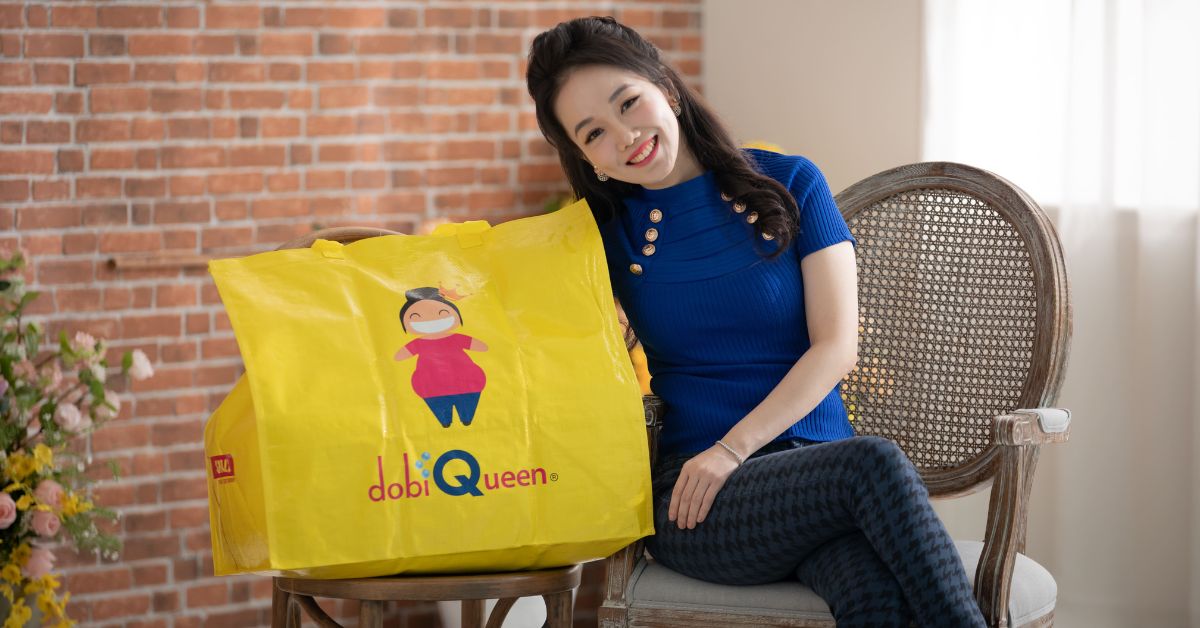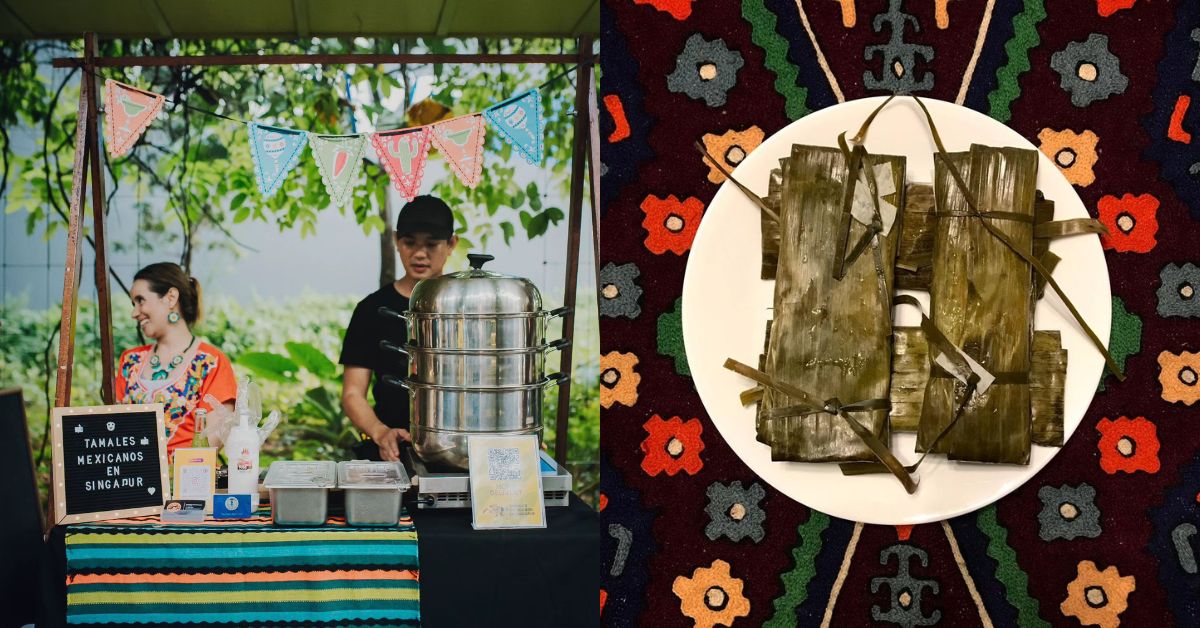This year, we have been repeatedly shocked by well-known stores dropping sudden “closing down” announcements in Singapore.
Between homegrown household names and large international chains, the tough retail industry didn’t discriminate.
Some brands have lost one or two major stores, and others have fallen out of the race completely, but it all just goes to show that retail is getting harder than ever.
Here’s a roundup of brands that have taken a big hit in 2019.
1. Home-Fix

Just last week (11 December), Home-Fix was the most recent retail chain to call it quits in Singapore.
The local DIY brand, which had 23 stores in Singapore at its peak in 2014, has apparently been facing financial woes.
The firm closed seven of its stores over four years, but despite cutting down, Home-Fix reportedly owes creditors S$19.8 million and is undergoing interim judicial management.
Its remaining 16 outlets have been gradually shutting down throughout 2019, and the last two outlets at Tampines One and Tanglin Mall will close this week.
It says a lot if people haven’t even noticed their disappearance over the year.
The fact is, we don’t have a strong DIY culture in Singapore to sustain a demand. Beyond simple tasks like changing a lightbulb, we’re more likely to hire someone to help us build or fix things in our homes if the work is more complex.
Home-Fix also had a tough battle against stores with stronger brand recognition like IKEA, Giant and Daiso, and even neighbourhood hardware shops which are sometimes favoured for their low prices and heartland appeal.
2. Sasa

Only a week before news of Home-Fix’s departure, beauty retailer Sasa also announced that it is closing all its 22 stores in Singapore.
In a statement, the Hong Kong chain revealed that its performance in Singapore “has been less than satisfactory for many years, and has recorded losses for six consecutive years“.
Although skincare and beauty are always popular shopping categories, Sasa lacked a unique positioning in this space and lost out to competitors for that reason.
Between the premium appeal and cult following of Sephora, and the budget pricing of neighbourhood shops like Beauty Essentials and Venus, Sasa didn’t offer anything special enough to stand out.
They probably won’t be missed, since their selection of products can usually also be found at other stores like Watsons.
On top of this, Sasa didn’t seem to do enough in terms of marketing efforts and customer service, which cannot be neglected in the highly competitive beauty industry.
3. DFS

Hong Kong retailer DFS was Changi Airport’s longest tenant for 38 years, until their announcement in August 2019 to close all their liquor and tobacco shops at the airport.
DFS decided not to bid for the next concession term when their current lease expires. Come June 2020, South Korean Lotte Duty Free will take its place.
This came as quite a surprise as the brand was never really struggling. DFS has been popular among travellers, and usually enjoys a regular flow of customers.
DFS Group Chairman and CEO Ed Brennan even said the business had “exceeded all expectations” during its time with Changi Airport.
However, in DFS’ case, the decision was made due to concerns about how changing regulations around liquor and tobacco will affect the sustainability of this arm of business.
The Singapore Government has been imposing tighter limits on duty-free alcohol purchases, and will also be progressively raising the minimum smoking age in Singapore from 18 to 21.
While DFS is closing its liquor and tobacco stores, they will still keep their luxury, cosmetic and perfume outlets in operation at Changi Airport, along with their T Galleria and Singapore Cruise Centre outlets.
4. MPH Bookstores

It’s impossible to ignore the signs that physical bookstores have an expiration date.
I don’t think we would ever completely stop reading them—it’s a very human thing to love the feeling of flipping pages with our fingers—but it’s simply getting harder to sell them in retail stores.
2019 has made this even more evident.
In July and September, MPH Bookstores officially shuttered its last two outlets in Singapore.
The Malaysian bookstore had a long history since moving to Singapore in 1890, but finally succumbed to the pressures of high retail costs and “intense competition” from ecommerce players.
Besides MPH, Times Bookstore closed its Centrepoint outlet, Kinokuniya closed its Liang Court outlet, and Popular also closed its Thomson Plaza outlet, all in this year.
People still love to read but are turning to e-books instead, whether for the convenience of storing many titles on one device, or to minimise their environmental impact.
Even for those who stick to physical books, habits have shifted to buying them from websites like Book Depository. Physical bookstores can no longer compete with the wide range of titles and competitive prices that can be easily found online.
To cope with this, bookstores like Popular have been pivoting into more lifestyle products to attract customers over the years.
After closing their last two outlets, MPH is also taking a shot with this strategy, by reopening a books-and-lifestyle store in SingPost Centre in November.
5. Metro

Metro closed its flagship outlet at The Centrepoint in September 2019, leaving only two Singapore stores left in Paragon and Causeway Point.
The department store cited “changing market conditions” and said it had been “rationalising its retail business” in recent years.
Low footfall in the shopping mall may also have been a key factor influencing its decision to close.
Metro had been The Centrepoint’s anchor tenant for the past five years.
It will be replaced by French sporting goods chain Decathlon, which is slated to open in the first half of 2020.
Decathlon has grown quickly in Singapore since its first store arrived in Bedok in 2016. Now the chain has four stores across the island, along with three ‘Click and Collect’ stores and two more opening this month.
They gained popularity for their wide range of low-cost equipment covering almost any sport you can think of, and allowing customers to test and experience the goods in-store.
6. Crabtree & Evelyn

Another beauty brand, Crabtree & Evelyn, also lost the retail race this year.
In January, the British company announced that it will pull its 12 stores from Singapore and shift to a fully online brand.
Before we saw the effects in Singapore, Crabtree & Evelyn’s struggles had been brewing for a long time in other parts of the world.
The brand previously filed for bankruptcy in the US and shut down some stores there in 2009.
After another bankruptcy filing in Canada last December, they closed all their stores worldwide, except for one new retail concept in London.
Crabtree & Evelyn said it had been suffering “significant losses” as a result of how consumer demands have changed and retail traffic has continuously declined, due to the growth of ecommerce.
When the brand made its online comeback, it also refreshed its product packaging and created an entirely new branding concept to recapture customers they’ve lost.
7. Hawker (by No Signboard)

No Signboard is a famed local seafood restaurant chain here, but did you know they also opened an ‘Asian fast food’ brand called Hawker?
Hawker was launched in 2018 as the Group’s attempt at branching into the “fast-moving and higher turnaround fast food business”.
However, after opening three outlets at Jewel Changi Airport, Kent Ridge, and Esplanade as planned, the new business folded pretty quickly.
No Signboard announced in August 2019 that they were closing all of Hawker’s outlets due to “continuing losses”.
Singaporeans have never really been complaining about a lack of Asian flavours in fast food. I think when we crave for fast food, we’re generally happy to eat from places like McDonald’s or KFC.
Some of Hawker’s items were interesting enough to pique a bit of curiosity, like their Hainanese chicken rice burger, prata wrap and chilli crab bun. But I can already hear people saying, “Why don’t we just eat the original dishes from an actual hawker stall?”
Perhaps the type of food they were going for might have been more suited to fare well at seasonal markets like ArtBox, rather than in a permanent retail location.
8. Forever 21

This is one name on the list that didn’t close its shutters in Singapore, but it has also confronted a dreary fate this year.
In September, Los Angeles-based fashion retail giant Forever 21 filed for bankruptcy.
Along with this, they made plans to exit most of their international locations in Asia and Europe, and close up to 178 stores in the US.
However, Forever 21 Singapore’s license is owned by United Arab Emirates-based Sharaf Group, which so far has not decided to cease operations here.
Still, the brand’s dwindling presence is evidence that they no longer enjoy the same popularity they once had among young shoppers.
They have reduced from four outlets in Singapore in their heyday, to just one single store at 313@Somerset.
While the last outlet still remains for now, Forever 21 has to work hard to play catch-up if they want to bring their brand positioning back up in Singapore.
They can’t afford to fall behind any further while younger entrants like Pomelo Fashion and Love, Bonito snatch up customers with more modern designs and seamless online-to-offline service.
Brands That Adapt Fast Are Brands That Survive
In the competitive world of retail, it’s inevitable that some brands get the shorter end of the stick.
But rather than showing us there’s no more future in this industry, these closures serve as a reminder that brands have to adapt fast if they want to break through.
The reality is consumers are getting more demanding.
To keep up, retailers should try to create experiences in stores, such as allowing customers to get hands-on with products, or receive value-added services while they shop (think of how Haidilao provides manicures for diners waiting in line).
If they can’t do it alone, brands can even collaborate to achieve this.
They should also think of ways to make customer journeys smoother, such as incorporating technology in the form of automated check-outs, or augmented reality (AR) product previews.
Even with the rise of ecommerce, retailers can still use online shopping and digital marketing to keep customers engaged and to complement their offline stores.
That said, retail is truly not easy, and we applaud every brand out there giving it their best shot!
